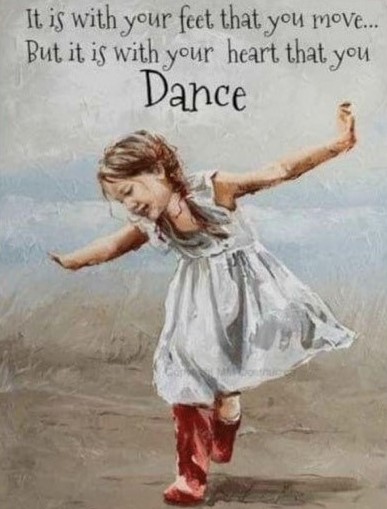
There is a particular type of movement that does what no medication possibly can, and you can start today.
Take a look at this most interesting article written by Natasha Robinson
With the publication last week of the world’s biggest-ever study into the correlation between exercise and depression, the evidence is now indisputable that physical activity has an enormous impact upon mental health, and is well superior to antidepressants drugs on their own.
The study led by Australian researchers from the University of Queensland and published in the British Medical Journal (BMJ) found that exercise has about double the effectiveness of antidepressant drugs on depression in the short term, and that even gentle forms of exercise were effective.
With growing concern that selective serotonin inhibitor drugs - taken by one in seven Australians - are frequently associated with adverse effects and that they can be very hard to discontinue, with sometimes severe withdrawal effects and even ongoing sexual dysfunction, doctors are being urged to prescribe exercise rather than drugs as a first-line intervention.
The BMJ paper was the first such study to delve into the relative effects of different types of exercise on easing depression, and to compare a range of physical activities with pharmacological treatments.
Perhaps not surprisingly, the researchers found that the more vigorous the activity, the better the mental health gains. But interestingly, it was an unlikely form of exercise that topped the list in helping to lift low mood - dance.
Dance was found to be almost five times as effective as SSRIs in lifting mood among depressed people, and walking or jogging three times as effective.
READ MORE: Reckoning looms for depression drugs | Pill strife: ‘rethink rush to prescribe’ | Flip the script: When medicine keeps us sick |
And there were significant differences between men and women and also between age groups in terms of which exercise was the best.
“In isolation, the most effective exercise modalities were walking or jogging, yoga, strength training, and dancing,” the study said. “Although walking or jogging were effective for both men and women, strength training was more effective for women, and yoga or qigong was more effective for men. Yoga was somewhat more effective among older adults, and strength training was more effective among younger people.”
So what kind of exercise is the best for lifting mood? The BMJ study ranked 14 interventions, including a variety of exercises, cognitive behavioural therapy and SSRIs, in order of effectiveness. The league table comes out with dance on top, and physical activity counselling at the bottom. In order of effectiveness, the interventions ranked as follows:
Interestingly, it may be factors that are supplementary to the exercise mode itself that holds the key to why some physical activity seems to confer a bigger benefit than others. For instance, being out in nature as with jogging has beneficial effects; in yoga and tai chi the breathing aspect is calming for the nervous system, and dance involves music and is generally fun.
“I think the fact that even gentle exercise helps means that it isn’t just the runner’s high that you get from vigorous exercise that is helpful for depression,” says the lead author of the BMJ study, University of Queensland senior lecturer Michael Noetel. “There could be a range of factors at play here. One is that a lot of these interventions in our research were in group environments, so they were supported by, say, a physio or an exercise physiologist or trainer. So there’s a degree of social connection that comes from going for a walk with a friend or having a session with a trainer.
“The other thing is that even those of us with really good mental health can beat ourselves up for not doing enough exercise. And the sense of guilt that is really prevalent in depression can be alleviated by just doing anything, any sort of level of physical activity. And we didn’t find any difference between 30 minutes a day or 10 minutes, although we did find that the closer you got to huffing and puffing and breathing heavily, the better the results for depression. And that’s likely because it increases all of the good neurotransmitters in our brain that make us feel better, however long you move.”
Dr Noetel says one of the reasons that exercise may have superior efficacy than SSRIs, and make SSRIs more effective for those that are on them, is because exercise has a wider range of actions on the body and mind than drugs.
“Exercise does seem to have effects that are stronger than antidepressants for most people.”
“And that’s likely because antidepressants do one thing, which is change the ways that neurotransmitters work,” he says. “But exercise has lots of mechanisms, both including acting upon neurotransmitters, but also giving us a sense of competence and more social connection. So there are many other ways in which exercise helps us as opposed to an antidepressant.”
The key for success in committing to an exercise program for people suffering depression, according to Dr Noetel, is to have a plan. Setting goals doesn’t seem to help, and could even be counter-productive if you don’t achieve them. But having a structured program, whether it be through an following a program on an app or working with a trainer, will put you on the road to success. And in the process, you’ll be getting a whole host of physical benefits too, including reduced cardiovascular risk, increased muscle mass, a more toned appearance, and even reduced risk of all-cause mortality and cancers.
There’s no drug on the market that do all of that.
Sunny Coasters Line Dancing 2025
Website By Datashore Solutions